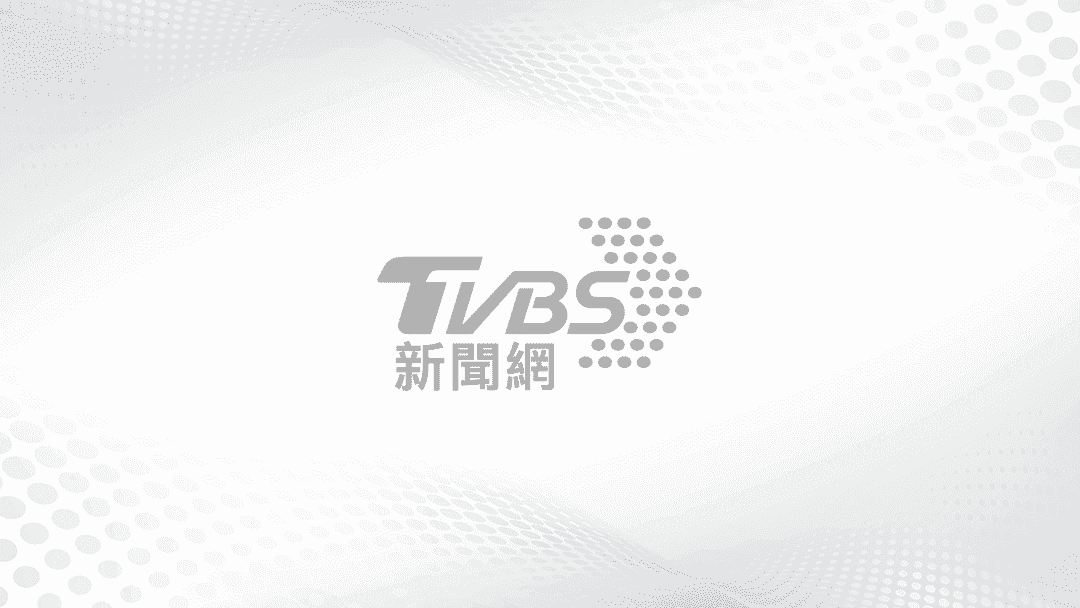TAIPEI (TVBS News) — Charles Liang, president and CEO of Supermicro, delivered a keynote at COMPUTEX on Wednesday (June 5), unveiling some of the company's latest cutting-edge systems. These AI tech innovations are designed to help global customers develop state-of-the-art applications, speeding up time-to-solution for cloud, storage, and data center needs.
"Powering better AI, we are changing our lives for the better. A better life leads to a happier mind," Liang told a room full of analysts, tech and media professionalswith a beaming smile.
Liang emphasized the potential financial and environmental benefits of green computing. "I am here to prove that Green Computing can be free with a big bonus," he stated. "Yes, with a really big bonus — tens of millions of dollars or even much more."
Green Computing and Sustainability
Supermicro has ingrained green computing DNA into the design of every solution it offers. For decades, they have been a leader in designing and supplying the most optimal and efficient building blocks of today's servers, storage, and infrastructure. These latest high-performance chips perform better per Watt, reducing energy consumption and operational costs.
Liang introduced his concept of "Direct Liquid Cooling" (DLC), which has been around for more than 30 years. "Our goal is to make DLC quickly become a mainstream solution for any data center and AI factory that focuses on increasing efficiency and reducing operating expenditures," he explained. An optimized DLC environment cluster can save up to 3% on initial capital costs.
Economic and Environmental Impact
The financial implications of these innovations are significant. "Due to the lower energy consumption by using less air-conditioning, DLC saves on operating expenditures by up to 40%, achieving up to US$60 million over five years, depending on location," Liang said.
Supermicro aims to grow its DLC market from less than 1 percent to 15 percent in one year and up to 30 percent in two years. These advancements allow enterprises to build customized systems for diverse computing purposes, making green computing both achievable and practical.
The new technology could lead to significant CO2 emissions cuts and save billions of trees, proving that green computing is not only possible but also beneficial in the long run.










